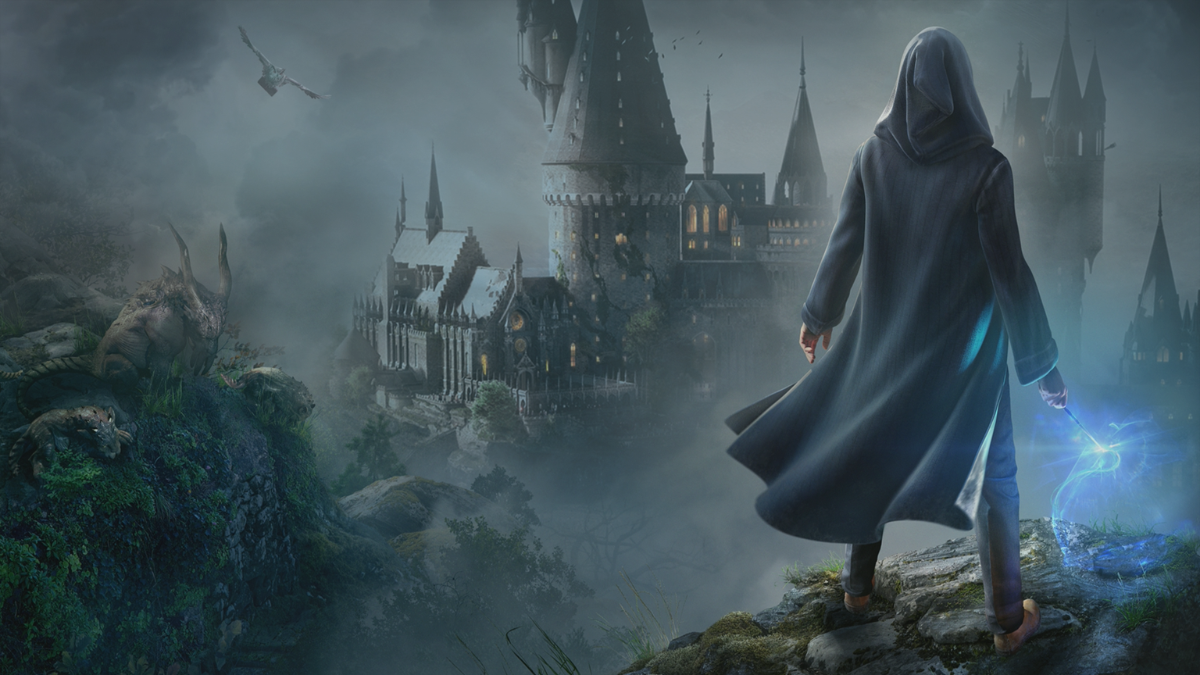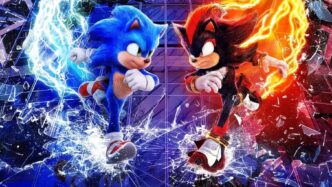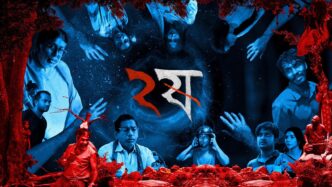For years, we’ve yearned for a great Harry Potter game. We got some okay LEGO Potter games, an underwhelming EA Sports Quidditch game, and the nightmare that is Harry Potter Kinect. But we still kept hoping for that fairy tale experience that encapsulates the joy of entering the magical world of Hogwarts.
Fans were concerned when WB assigned Avalanche Software to create Hogwarts Legacy in 2018, given their past work on smaller projects like Disney Infinity, Cars, and Toy Story. Thankfully, the studio succeeded in delivering a magical experience (sans Quidditch). Although far from perfect, it takes a big step towards creating the perfect Harry Potter experience.
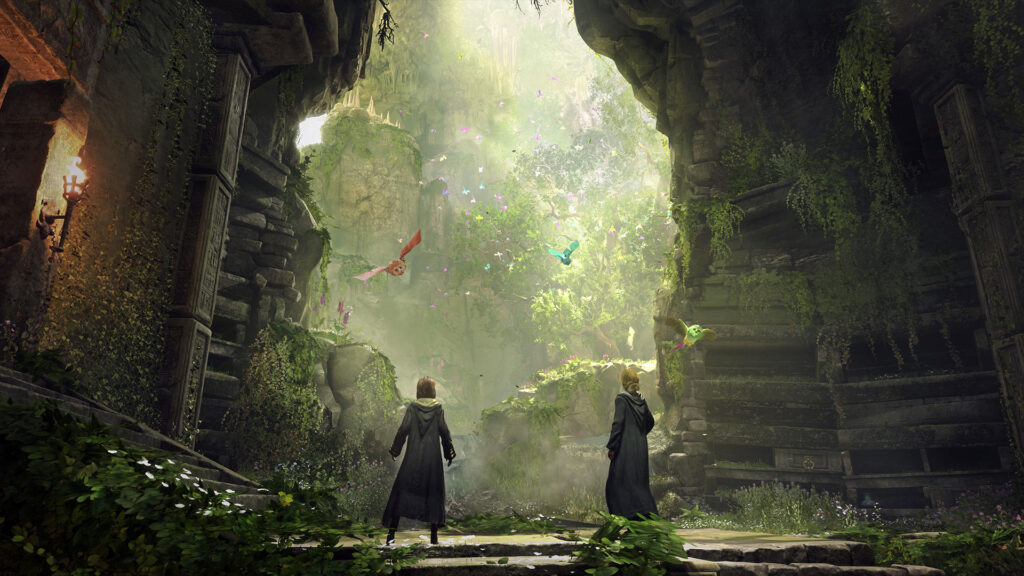
The open-world design adequately captures the essence of Hogwarts School of Witchcraft and Wizardry, its battle system is commendable, and its characters are memorable. However, it falls short on technical prowess and enemy variety. Despite these limitations, Hogwarts Legacy offers a satisfying experience in the Wizarding World that would occupy several hours of your time. Nevertheless, there are still areas for improvement.
Hogwarts Legacy’s gameplay offers a mix of exploration, combat, and school activities that aim to capture the essence of being a student at Hogwarts School of Witchcraft and Wizardry.
While some aspects are successful in providing an engaging and immersive experience, other elements of the gameplay fall short of delivering a truly immersive experience for players.
Exploration is one of the game’s strengths. The Hogwarts castle is massive and full of secrets and hidden treasures. Every corner of the castle has been meticulously detailed, from the majestic Great Hall and its many staircases to every single dormitory in the school. It’s as if you’re actually exploring the grounds of Hogwarts and are teleported inside its iconic atmosphere. The game’s world is also much larger than you expect, extending beyond Hogwarts to Hogsmeade, the Forbidden Forest, and the surrounding Scottish Highlands.
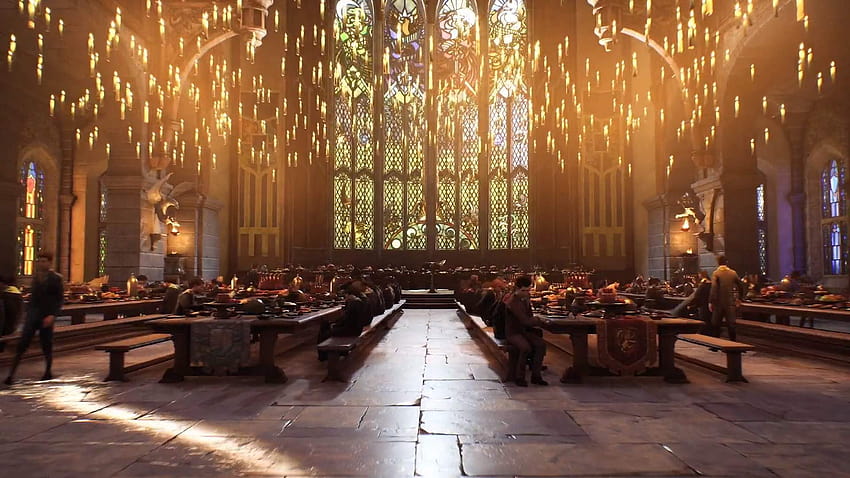
Hogwarts Legacy offers 23 spells for players to choose from, and up to 16 can be equipped at once. This provides plenty of magical choices in duels or any other combat situations.
The game’s combat provides a thrilling challenge of reflex and quick thinking, with players having to act fast to evade incoming attacks while also keeping their combos up. It’s fun experimenting with the spells and discovering which ones work best together. You can chain spells like Accio and Descendo to create clever attack combos.
The combat in Hogwarts Legacy is enjoyable for the most part, but it does have its flaws.
Unfortunately, boss fights in the game are generally dull and repetitive, as enemies use all the same moves and strategies regardless of which one you’re fighting against.
This can become tedious quickly, especially if you’re a completionist that wants to fully explore each area.
Troll fights, meanwhile, are just plain annoying. Trolls are huge, imposing opponents with powerful attacks that can overwhelm you easily if you don’t pay attention to your surroundings. That said, they also take so long to defeat that it almost becomes a chore simply trying to wear them down.
You can also complete a quest in order to gain access to the three Unforgivable Curses. Avada Kedavra, in particular, can make some late-game fights a lot more tolerable.
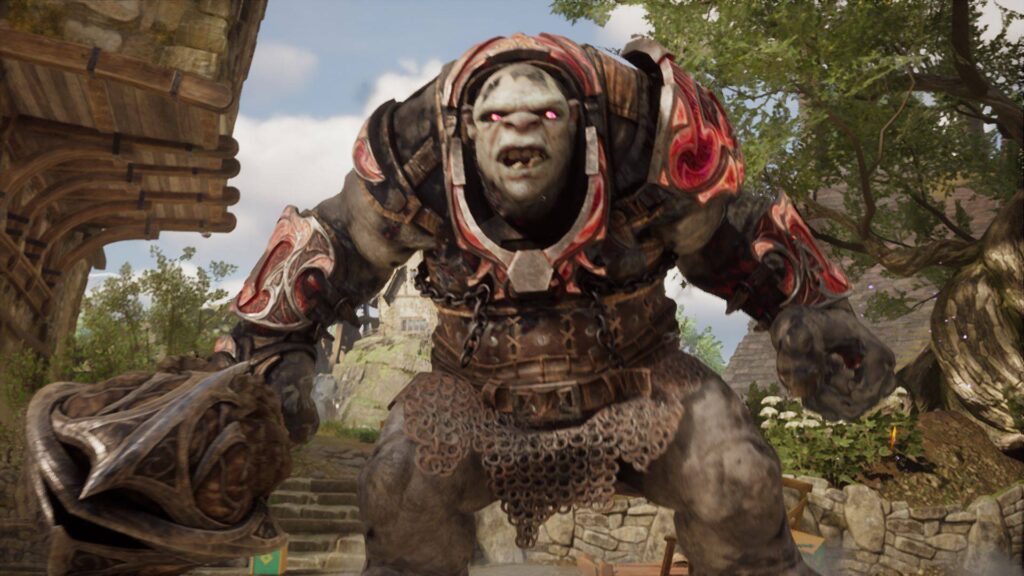
As with many complex open-world games, Hogwarts Legacy tends to glitch fairly often. You may fall through the map, get caught in the environment, or have an NPC walk away from you in conversation. Nothing game-breaking occurs, but these glitches happen enough to be irritating.
Like many modern RPGs, Hogwarts Legacy only offers the illusion of choice.
Your choices mostly open up additional dialogue options and have next to no effect on the direction of the story. It’s a shame that Hogwarts Legacy doesn’t offer real narrative freedom because its world is so detailed and full of fascinating characters that could benefit from meaningful dialogue choices and moral quandaries; instead, it relies on a very basic set of decisions that quickly become tiresome.
As you make your way down the bustling hallways of the school, you come across a variety of characters who help bring this world to life. Sebastian stands out with his witty remarks and bold ambition; Natsai impresses with her sharp tongue and confidence. Even the professors have memorable quirks – Professor Fig provides guidance in your journey, while Professor Ronen spices up class with his wry humor.
Every character is unique and integral, like puzzle pieces that complete this remarkable game.
Some familiar characters from Harry Potter books also feature in small roles, such as the ghosts Peeves and Nearly Headless NIck, as well as the ghost-professor Binns who teaches History of Magic.
Legacy’s plot is also full of holes like other Harry Potter tales. In this mystical RPG, you transfer to Hogwarts as a fifth-year witch/wizard (with no explanation) to not only attend classes, but fight other wizards and monsters, and fly around- not just on brooms, but magical mounts like hippogriffs. The game actually puts you right in the middle of a conflict between wizards and goblins. Oh, and you also have mysterious ‘ancient magic’ powers.
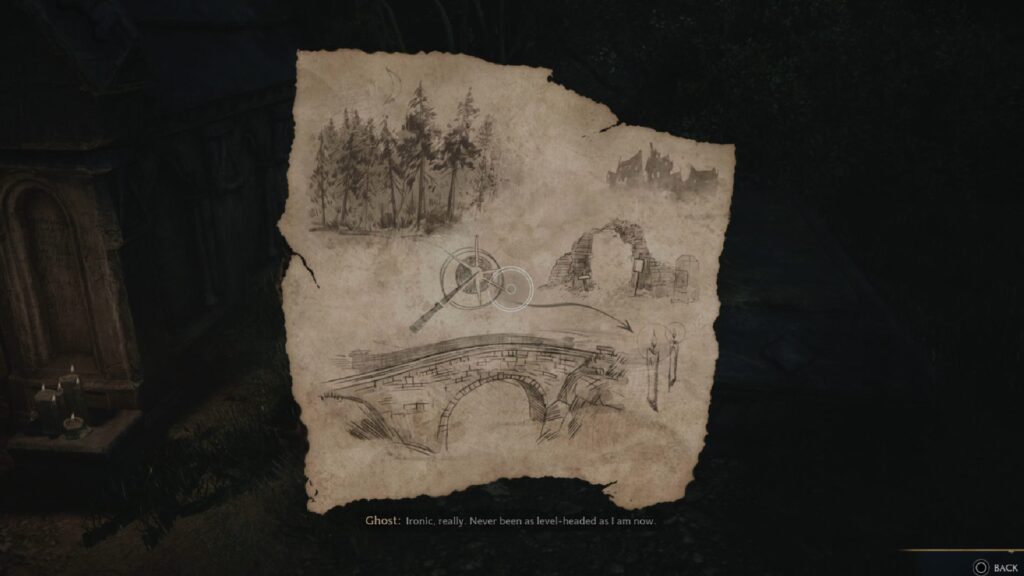
The fact that the protagonist of Hogwarts Legacy is also a Chosen One casts the story’s originality in an unfavorable light. But it’s par for the course when it comes to video game RPGs: from the Dragonborn in Skyrim to the Inquisitor in Dragon Age: Inquisition.
Hogwarts Legacy adheres closely to its source material blueprint in other ways as well. Many of the game’s characters feel like echoes of Harry Potter characters like Snape, with similar personality traits and narrative roles but without the same emotional impact.
Unfortunately, J.K. Rowling has been the proverbial albatross around the game’s neck in the months leading up to its launch.
Her bigoted comments on transgender people have disheartened many fans, leading to a movement to boycott not only Rowling but her Wizarding World even if she had no involvement in Hogwarts Legacy. While Avalanche Entertainment has released statements distancing themselves from Rowling’s views, it’s difficult to ignore how her toxic remarks will still permeate the gaming world.
The game’s attempts at inclusivity further show Rowling’s restricted worldview.
Hogwarts, where the game takes place during the 1890s, is more diverse than it was when the Harry Potter novels first began in 1995. Not only does it have Indian students and professors, but also a trans character named Sirona Ryan.
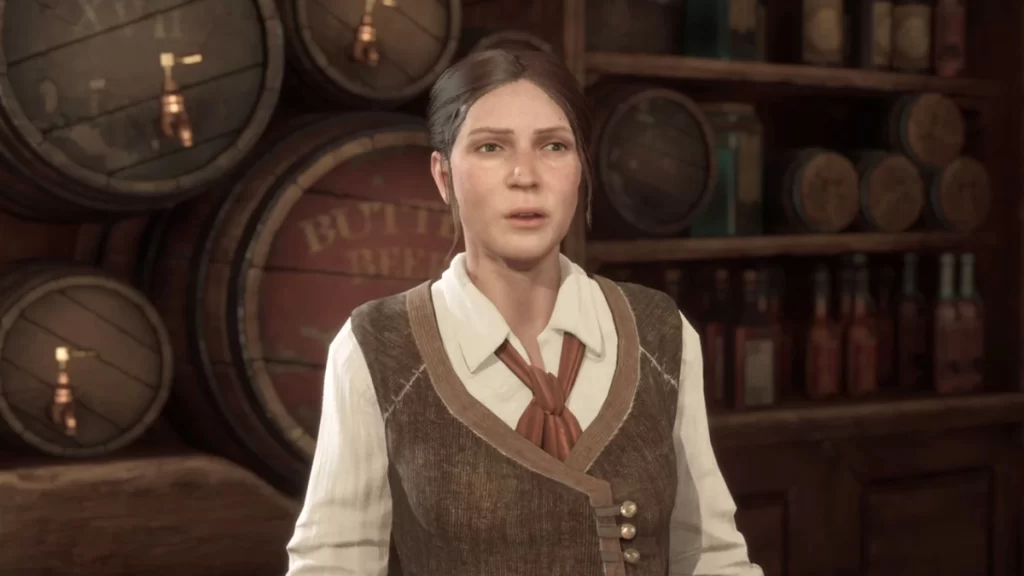
While the effort is appreciable, it’s not as nuanced as it could have been. In the game, you meet Professor Onai and her daughter Natty, who recently moved from Uganda to Hogwarts. However, their characterization is shallow; you don’t learn much about Natty’s previous life in Zimbabwe or Uagadou, nor how she’s adjusting.
The fact remains that Wizarding World stories are a product of and representation of Rowling’s mindset. It has many problematic elements that get swept under the rug of overwhelming nostalgia.
The game seeks to gratify players by supplying them with every fantastical desire they may have, while Rowling’s books lean towards the opposite direction. For instance, wizards who use Dark Magic are shown as mostly evil, labeling their spells as Unforgivable Curses. Also, the game’s main story about a goblin rebellion isn’t as nuanced as it could have been. It misses the opportunity to portray actual inequality in the wizarding world.
Hogwarts Legacy is caught in a tug-of-war between Rowling’s foundational vision and Avalanche Entertainment’s attempts at inclusivity. The result is that the game obtains a Disney-like sheen of hollow progressivism.
Despite these concerns, many players still find enjoyment in the game, choosing to separate the art from the artist. However, it is important to recognize that this may not be a feasible or comfortable choice for everyone. As a result, the controversy surrounding Rowling has inevitably cast a shadow over Hogwarts Legacy, complicating the overall reception of the game.
Let’s end the review on a happier note. Hogwarts Legacy can be the start of something truly great for the Wizarding World. The game can take anywhere from 25 to 35 hours to finish, but if you are aiming for 100% completion then it might take a lot longer.
For fans seeking a nostalgic trip to Hogwarts, Hogwarts Legacy delivers. For those looking for a deeper and more nuanced exploration of the Wizarding World, the game falls short.
Let’s hope the game’s massive success opens the door to not only better Harry Potter video game experiences, but also more meaningful diversity in those games’ storytelling.
